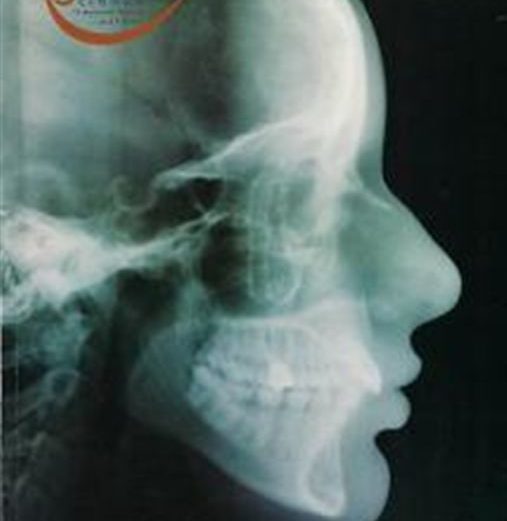Vol. 1 – Number 2 – 2008 Pages 153-161 Dentoskeletal cephalometric changes in Class II patients treated with a different protocol Darwin Vaz de Lima, Master in Orthodontics, FOB-USP. Coordinating Professor of the Specialization Course in Orthodontics at UNIC, Cuiabá-MT. Karina Maria Salvatore de Freitas, Master and Doctor in Orthodontics, FOB-USP. Marcos Roberto de Freitas, Professor at the Department of Pediatric Dentistry, Orthodontics and Public Health at FOB-USP. Guilherme Janson, Full Professor and Head of the Department of Pediatric Dentistry, Orthodontics and Public Health at FOB-USP. The present study aimed to evaluate the dentoskeletal cephalometric changes in patients with Class II division 1 malocclusion treated with a different protocol that uses the cervical headgear on the maxillary arch and fixed appliances in the mandibular arch until a Class I molar relationship, alignment of mandibular teeth and leveling of the curve of Spee had been reached, and fixed appliances in maxillary arch for finalization. The sample comprised 25 patients presenting Class II division 1 malocclusion, of both genders (20 females and 5 males), with a mean age of 10.44 years. Lateral cephalograms were evaluated from initial and final stages of orthodontic treatment. Mean treatment time was 2.48 years. In order to evaluate the cephalometric changes with treatment, paired t test was used. The results showed that treatment with the mentioned protocol did not altered the growth pattern; there was a restriction of maxillary forward displacement (SNA) and in the effective maxillary length growth (Co-A); improvement in the maxillomandibular relationship; restriction of mandibular incisor vertical development; reduction in overjet and overbite and improvement in molar relationship. It was concluded that this treatment protocol showed a correction of the Class II primarily through maxillary forward growth restriction. Key-words: Cephalometrics. Class II malocclusion. Orthodontic Treatment. Extraoral appliance.
This content is restricted to site members. If you are an existing user, please log in. New users may register below.




